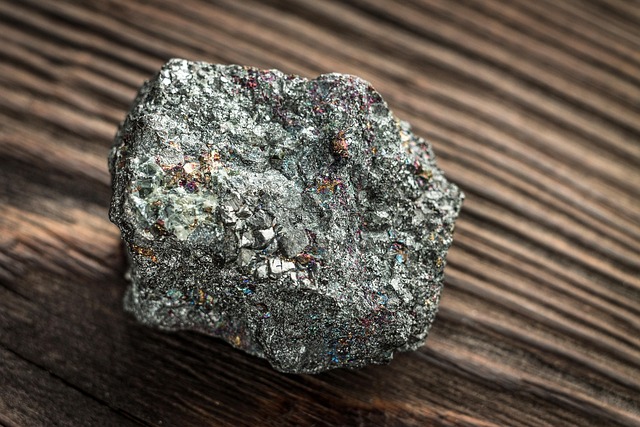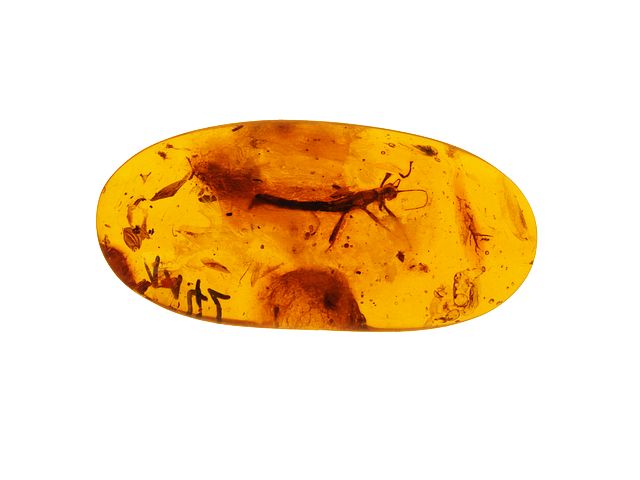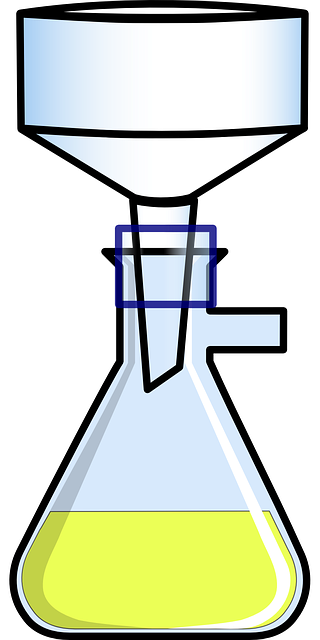Sediment filters, vital components of water purification, trap and remove sand, silt, and debris, ensuring clean water. Understanding different filtration systems – from simple gravity-based to advanced active filtration (carbon, RO) – caters to diverse needs. Installation is straightforward, involving location selection, cleaning, attachment, and testing. Regular backwashing, cleaning, and pressure monitoring are crucial for maintaining optimal performance of these filtration systems, extending their lifespan and enhancing particle trapping efficiency for both household and industrial use in polluted water sources.
Looking to improve your water quality? Install sediment filters for a powerful solution. This guide explores the benefits of these filters in trapping particles, from rust and sand to bacteria and parasites. We’ll dive into different filtration systems, offering a comprehensive overview to help you choose. Learn the simple step-by-step installation process and discover vital maintenance tips for optimal performance. Enhance your water purity today with this essential knowledge on filtration systems.
- Understanding Sediment Filters: Their Role and Benefits
- Types of Filtration Systems: A Comprehensive Overview
- Installation Process: Step-by-Step Guide
- Maintenance and Care: Ensuring Optimal Performance
Understanding Sediment Filters: Their Role and Benefits

Sediment filters are an essential component of water purification, playing a crucial role in maintaining clean and safe drinking water. These filtration systems are designed to trap and remove particles that can impact water quality, including sand, silt, and other debris. By blocking these contaminants, sediment filters ensure that only purified water passes through, making it safer for consumption and reducing the risk of waterborne diseases.
The benefits of using sediment filters extend beyond health considerations. They also help in preventing pipe and appliance damage by stopping particles from building up and causing wear and tear. Furthermore, they contribute to cost savings by reducing the need for frequent replacement of water treatment chemicals. In today’s world, where water sources can be increasingly polluted, sediment filters offer a simple yet effective solution for households and even industrial settings, ensuring access to clean water for various applications.
Types of Filtration Systems: A Comprehensive Overview

When it comes to installing sediment filters, understanding the different types of filtration systems is essential for effective particle trapping. These systems are designed to remove impurities from water, ensuring its safety and quality. Among the most common are gravity-based filters, which use a combination of physical barriers and natural settling to trap particles; these are often simpler and more cost-effective solutions.
Next, active filtration systems employ mechanical or chemical processes to remove contaminants. Carbon filters, for instance, use activated carbon to absorb organic compounds and impurities, while reverse osmosis (RO) systems use semipermeable membranes to filter out a wide range of particles, including bacteria, viruses, and heavy metals. Each type offers unique advantages, catering to different water quality needs, from basic household applications to industrial-scale wastewater treatment.
Installation Process: Step-by-Step Guide

The installation process for sediment filters is straightforward and can be completed in a few simple steps, offering an effective solution for improving water quality. Firstly, locate the appropriate spot for the filter system, ensuring easy access for maintenance and replacement purposes. Next, prepare the mounting area by cleaning and leveling it to ensure a secure fit. Then, attach the filtration system according to the manufacturer’s instructions, usually involving screwing or clipping it into place.
Once securely mounted, connect the necessary pipes or hoses to direct water flow through the filter. Ensure all connections are tight to prevent leaks. Test the system by activating the water supply and checking for any unusual noises or pressure issues. Regular maintenance, including periodic backwashing or cleaning, will ensure optimal performance of your sediment filter, providing clean and clear water for various applications.
Maintenance and Care: Ensuring Optimal Performance

Regular maintenance is key to keeping sediment filters effective and ensuring optimal performance from your filtration system. This includes routine backwashing or flushing to remove any built-up particles that might clog the filter media. The frequency of this process depends on water conditions and usage; heavy usage or high particle loads may require more frequent cleaning.
Additionally, monitoring filter pressure is crucial. As the filter catches sediment, it will gradually become more clogged, increasing the pressure needed to push water through. Regular pressure readings allow for timely replacement or cleaning of filters, preventing system backpressure and maintaining efficient water flow. Proper care extends the lifespan of your filtration system and guarantees it continues to trap particles effectively.






